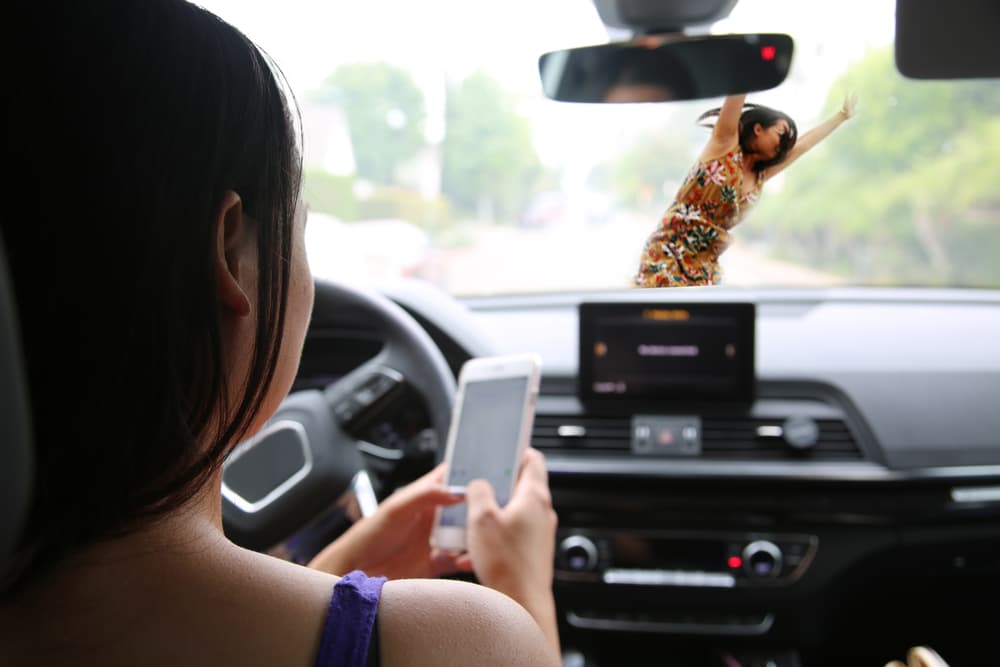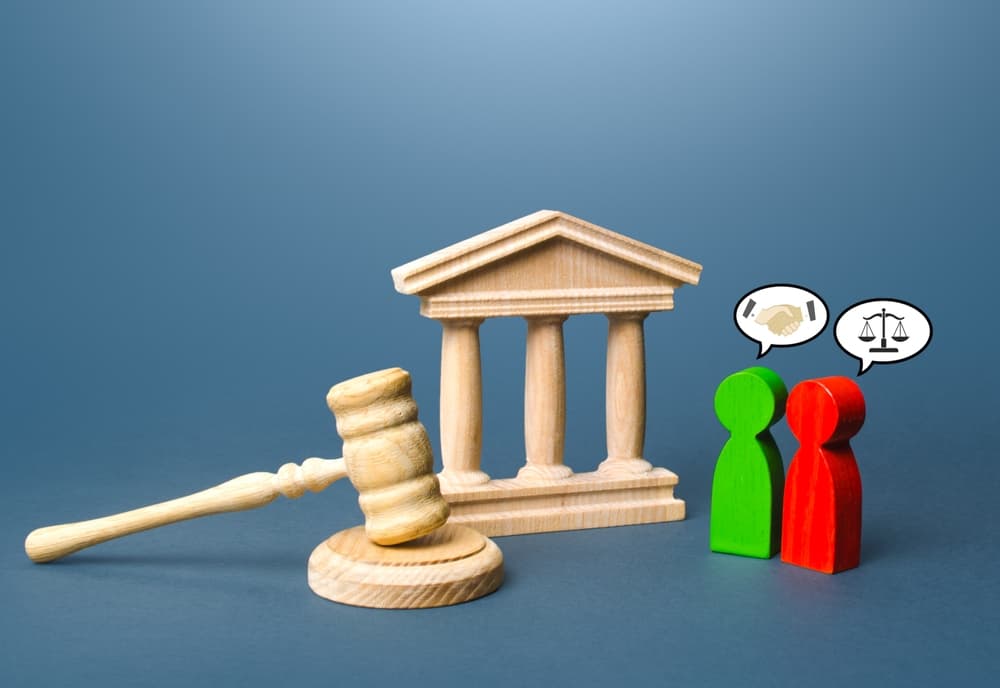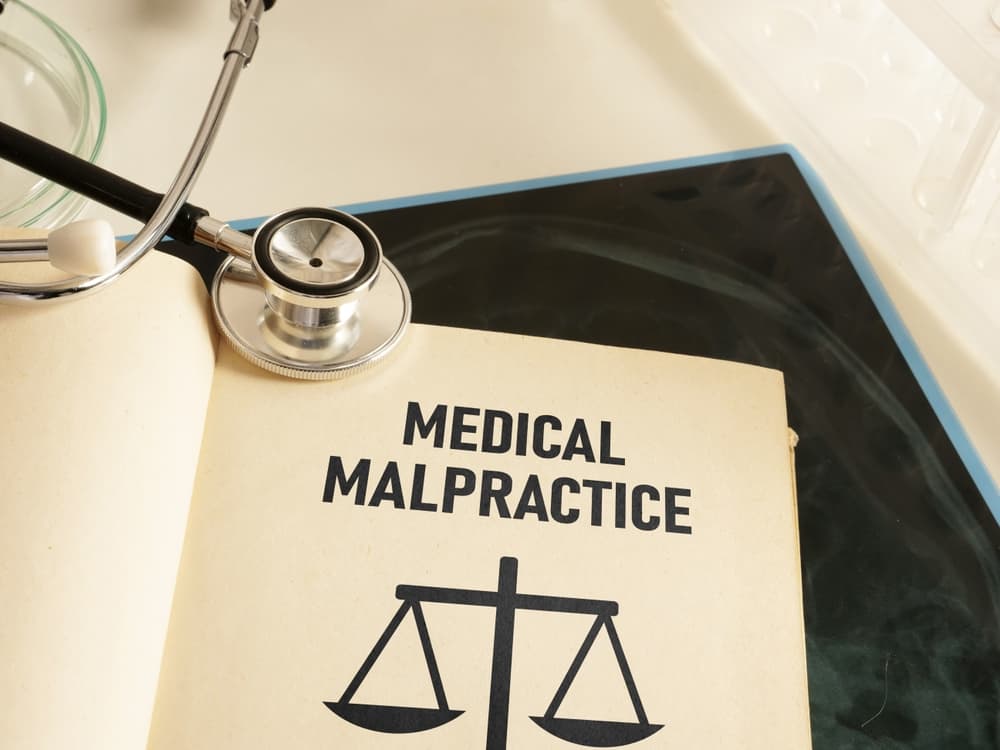Pedestrian accidents that result from driver negligence can bring about debilitating injuries, especially if the pedestrian hits the ground with significant force. If you recently suffered injuries in a pedestrian accident, you should consult a knowledgeable pedestrian accident lawyer in your area right away.
The amount of time it takes a pedestrian accident claim to settle will depend upon several factors, including the extent of your medical treatment and whether litigation becomes necessary in your case. An experienced South Carolina pedestrian accident attorney can streamline the process for you and pursue an efficient and favorable result, either through settlement or litigation.
Common Causes of Pedestrian Accidents and Where These Accidents Most Frequently Occur
Driver negligence is a leading cause of pedestrian accidents, with several common scenarios where drivers fail to exercise proper care, resulting in collisions with pedestrians.

One common way driver negligence leads to pedestrian accidents is failure to yield the right-of-way to pedestrians. This occurs when drivers disregard pedestrian crosswalks, intersections, or traffic signals, putting pedestrians at risk when crossing the street. Drivers may also fail to stop for pedestrians already in a crosswalk or fail to look for pedestrians before making turns, leading to dangerous situations.
Another common cause of pedestrian accidents is distracted driving. When drivers are preoccupied with activities such as texting, talking on the phone, adjusting the radio, or using navigation systems, they may fail to notice pedestrians in their vicinity. This distraction diminishes their ability to react in time to avoid collisions with pedestrians crossing the street or walking along roadways.
Speeding is also a significant factor in pedestrian accidents. When drivers exceed the posted speed limits or drive too fast for road conditions, they have less time to react to pedestrians and stop their vehicles, increasing the likelihood of collisions. Speeding also increases the severity of injuries that pedestrians may suffer in the event of a collision.
Another form of driver negligence that contributes to pedestrian accidents is driving under the influence of alcohol or drugs. Impaired drivers have reduced reaction times and impaired judgment, making them more likely to strike pedestrians while driving. Alcohol and drugs also impair a driver’s ability to perceive and accurately assess the movements of pedestrians, further increasing the risk of accidents.
Common locations for pedestrian accidents include intersections, crosswalks, and areas with high pedestrian traffic, such as shopping districts, school zones, and residential neighborhoods. Intersections are particularly hazardous for pedestrians due to the complex interactions between pedestrians, vehicles, and traffic signals. Crosswalks are intended to provide safe passage for pedestrians, but some drivers disregard these crosswalks by failing to yield the right-of-way.
Common Injuries that Result from Pedestrian Accidents in South Carolina
Pedestrian accidents can result in a range of injuries, from minor cuts and bruises to severe trauma. The most common injuries that pedestrians suffer in accidents include:
- Fractures – Pedestrians are vulnerable to fractures, particularly to the lower extremities, such as the legs and ankles, due to the force of impact in an accident.
- Head injuries – Head injuries, including concussions, traumatic brain injuries (TBIs), and skull fractures, are common in pedestrian accidents, especially if the victim’s head strikes the vehicle or the pavement.
- Soft tissue injuries – Pedestrians may suffer from sprains, strains, and contusions to muscles, ligaments, and tendons as a result of being knocked down or thrown by the force of the collision.
- Cuts and lacerations – Broken glass, sharp metal, or pavement can cause cuts and lacerations to the skin, leading to bleeding, pain, and the risk of infection.
- Spinal injuries – The force of a pedestrian accident can cause spinal cord injuries, resulting in paralysis or loss of sensation and function below the injury site.
- Internal injuries – Pedestrians may also suffer internal injuries, such as damage to organs or internal bleeding, from the force of the collision or being struck by the vehicle.
Medical treatment for pedestrian-accident injuries depends upon the severity and type of injury sustained. Treatment may include:
- Emergency care – In severe cases, pedestrians may require emergency medical treatment at the scene of the accident, including stabilizing their condition, controlling bleeding, and providing oxygen or intravenous fluids.
- Diagnostic tests – Pedestrian accident victims may undergo diagnostic imaging tests, such as X-rays, CT scans, or MRI scans, to assess for fractures, head injuries, or internal injuries.
- Wound care – Cuts, lacerations, and abrasions may require cleaning, stitching, or dressing to prevent infection and promote healing.
- Orthopedic treatment – Fractures and musculoskeletal injuries may require immobilization with splints, casts, or braces, as well as physical therapy to restore mobility and strength.
- Neurological care – Head injuries and spinal cord injuries may require specialized neurological care, including monitoring for signs of brain injury or spinal cord compression and rehabilitation to improve function and minimize disability.
Factors that Can Affect the Length of a South Carolina Pedestrian Accident Claim
Several factors can influence the length of a pedestrian accident claim, from the complexity of the case to the willingness of the parties to negotiate a settlement.
One significant factor that affects the length of a pedestrian accident claim is the severity of the pedestrian’s injuries. Cases involving minor injuries or straightforward medical treatment may be resolved more quickly than those involving severe injuries requiring extensive medical care, rehabilitation, and long-term treatment.
Another factor is the complexity of liability issues. If fault for the accident is clear-cut and liability is not disputed, the claims process may proceed more smoothly and quickly. However, if liability is contested or there are multiple parties involved, such as when a pedestrian is struck by a negligent driver and also alleges negligence against the municipality for unsafe road conditions, resolving the claim may take longer.
The availability of evidence can also affect the length of a pedestrian accident claim. Cases with clear documentation, such as police reports, witness statements, and photographic evidence, may be resolved more expeditiously than those where evidence is scarce or disputed. Gathering and presenting evidence to support the pedestrian’s claim may take time – especially if expert witnesses need to be consulted or additional investigation is required.
Insurance coverage and policy limits can also affect the length of a pedestrian accident claim. If the at-fault driver’s insurance policy has sufficient coverage to compensate the pedestrian for their injuries and damages, the claims process may move more quickly. However, if the driver’s policy limits are insufficient to cover the pedestrian’s losses, negotiating a fair settlement may take longer, especially if additional sources of compensation need to be pursued.
The willingness of the parties to negotiate and reach a settlement can also affect the length of a pedestrian accident claim. If both parties are willing to engage in good-faith negotiations and compromise, a settlement may be reached more quickly. However, if one party is uncooperative or disputes the pedestrian's claim, resolving the matter may require litigation, which can prolong the process.
An experienced pedestrian accident lawyer will work hard to expedite the process and pursue the best possible result on the victim’s behalf.
Settling or Litigating a Pedestrian Accident Case

Deciding whether to settle or litigate a pedestrian accident case involves careful consideration of various factors to determine the best course of action for achieving a favorable outcome.
Settling the case involves reaching an agreement with the at-fault party or their insurance company outside of court. This option can offer a quicker resolution and certainty of compensation without the time and expense of a trial. However, the settlement amount may be lower than what can be obtained through litigation, and victims may forfeit their right to pursue further legal action.
Alternatively, pursuing alternative dispute resolution (ADR) methods, such as mediation or arbitration, allows parties to negotiate a resolution with the assistance of a neutral third party. ADR can be less adversarial than litigation and may result in a mutually acceptable settlement. It offers flexibility and confidentiality, but outcomes are not binding unless both parties agree.
Taking the case to trial involves presenting evidence and arguments in court before a judge and/or jury. Litigation can be time-consuming, costly, and emotionally draining, but it may be necessary to achieve maximum compensation – especially if liability is disputed or the parties cannot agree on a settlement number. Trials provide an opportunity for victims to seek justice and hold negligent parties accountable through a formal legal process.
Factors to consider when deciding whether to settle or litigate a pedestrian accident case include:
- The strength of the available evidence
- The severity of the injuries
- The likelihood of success at trial
- The availability of insurance coverage
- The potential for future medical expenses or lost income
Victims should also assess their own financial situation and willingness to endure the uncertainties and stresses of litigation.
A knowledgeable pedestrian accident attorney can help victims evaluate their legal options and make informed decisions based on their individual circumstances. Attorneys can negotiate with insurance companies, advise on the merits of settlement offers, and represent victims in court if litigation becomes necessary.
Ultimately, the decision to settle or litigate a pedestrian accident case depends on the unique facts and circumstances of each case, as well as the goals and priorities of the victim. By carefully weighing their options and seeking legal guidance, victims can pursue the most effective path to obtain fair compensation for their accident-related losses.
Factors that Can Affect the Value of a Pedestrian Accident Claim
The total value of a pedestrian accident claim or lawsuit can be influenced by various factors, including the severity of the pedestrian’s injuries, the extent of their financial losses, and the strength of their legal case.
- One significant factor that affects the total value of a pedestrian accident claim is the severity of the pedestrian’s injuries. More severe injuries, such as traumatic brain injuries, spinal cord injuries, or multiple fractures, typically result in higher compensation due to the extensive medical treatment, rehabilitation, and long-term care required. Additionally, the effect of the injuries on the pedestrian’s ability to work, engage in daily activities, and enjoy life may also be considered in determining the total value of the claim.
- The extent of the pedestrian’s financial losses is another important factor in assessing the total value of a pedestrian accident claim. This includes medical expenses, such as hospital bills, surgeries, medications, and therapy, as well as lost income from time missed at work due to the injuries. Future medical expenses and lost earning capacity may also be considered when estimating the total value of the claim.
- Non-economic damages, such as pain and suffering, emotional distress, and loss of enjoyment of life, also contribute to the total value of a pedestrian accident claim. These damages compensate the pedestrian for the physical and emotional suffering endured as a result of the accident and injuries sustained. The severity and duration of the pain and suffering, as well as the effects on the pedestrian’s quality of life, are factors that may be considered in determining the value of these damages.
- In cases of permanent disability or disfigurement resulting from the accident, the total value of the claim may be further increased to account for the long-term effects on the pedestrian’s life and livelihood. Compensation for permanent disabilities, scarring, or disfigurement seeks to address the lasting effects of the injuries and the associated physical and emotional challenges that the pedestrian faces.
An experienced pedestrian accident lawyer in your area can help you decide whether to accept a particular settlement offer or litigate your case to a resolution in the state court system.
Speak to a Knowledgeable South Carolina Pedestrian Accident Lawyer in Your Area Today
One of the best ways to streamline your pedestrian accident case is to retain experienced legal counsel as quickly as possible. A knowledgeable personal injury lawyer can file a timely claim or lawsuit on your behalf and efficiently pursue a favorable settlement result in your case. However, if the insurance company does not compensate you fairly, your lawyer can pursue litigation in the state court system, represent you at trial or ADR, and work to obtain a favorable jury verdict or binding arbitration result.







